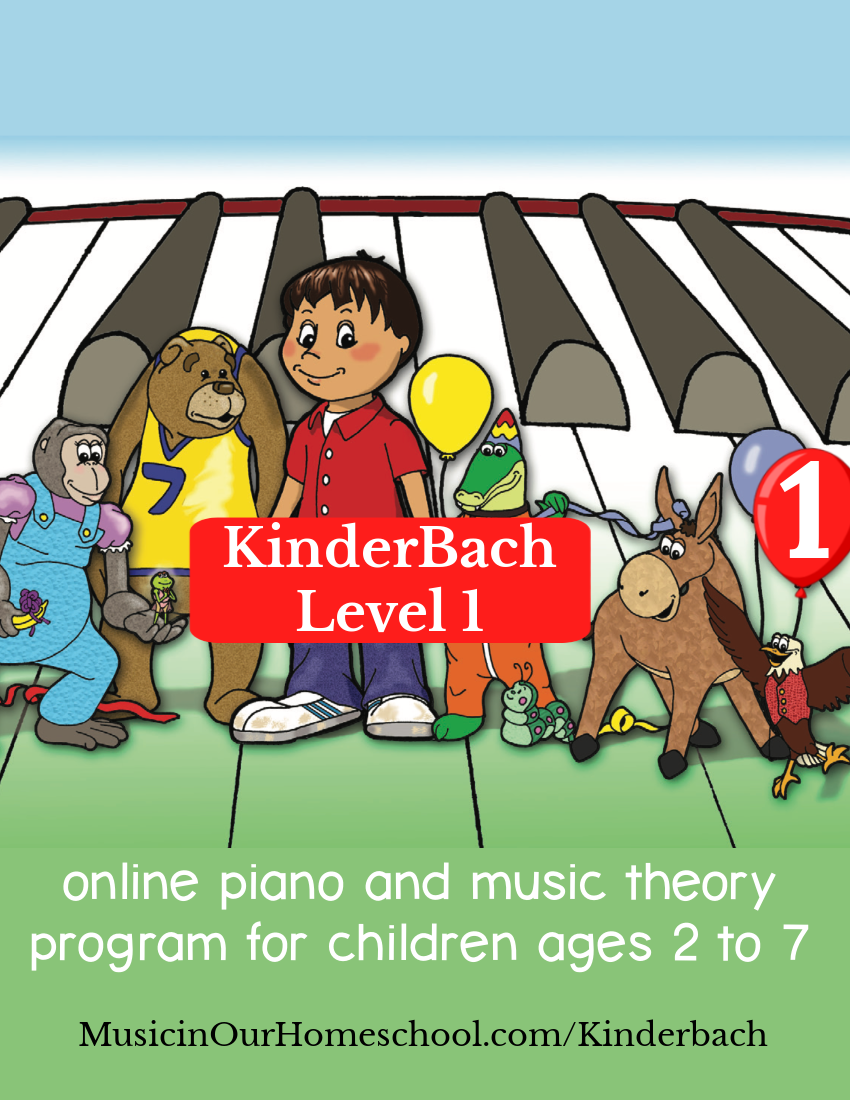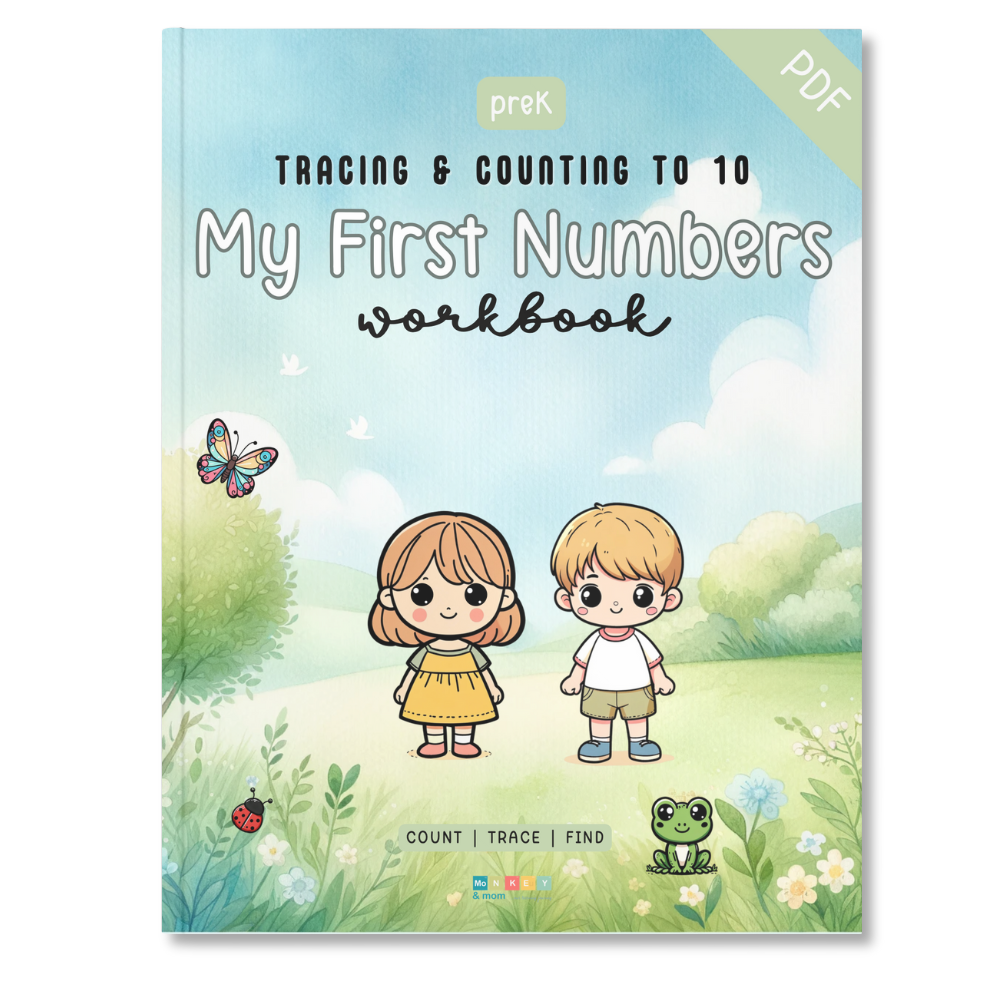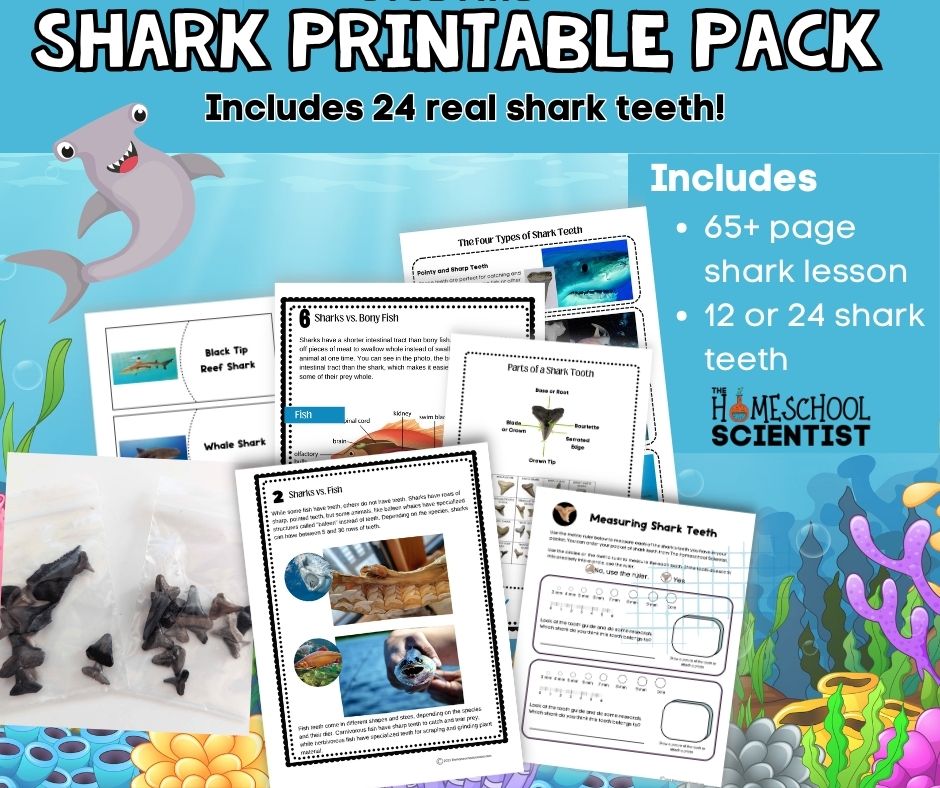by bookshack | Mar 15, 2023 | Homeschool Helps, New Homeschoolers
Unlike traditional schooling, homeschooling affords you the opportunity to jump down rabbit trails! What’s a rabbit trail? This is when your child develops a sudden interest in a topic, and you spend the whole day (or week, or month) exploring that topic in-depth, following the trail as far as it goes, or until your child moves on to another interest. Regardless of age, this is a valuable tool to add to your homeschooling toolbelt!
Educational Philosophies Encouraging Rabbit Trails
Charlotte Mason
Developed by a 19th century educator who believed in reading ‘living books’ rather than ‘twaddle,’ this approach involves living learning. It revolves around reading aloud together as a family, and following child interests. Nature walks, art museums, and living books are all a part of this approach.
Unit Studies
This approach takes all of the subjects and smashes them together in an in-depth study of a topic. For example, a unit study of Rome might include reading and writing about Rome, studying the history of Roman emperors, calculating timelines and marketplace purchases, creating artwork and projects from Ancient Roman times, and studying water (from the aqueducts built during this era). Units may be literature-based, and this is a great style for teaching multiple grades together.
Unschooling
Definitely for the Type B family, this is a child-centered approach to schooling. There are no formal lessons, or even formal curriculum, but the children follow their interests and learn from life experiences. Schedules are not utilized, and there is much flexibility and freedom. This does not mean that they don’t read, write, and do math, but that they follow their interests. Math might be adding up the tab at the restaurant, or figuring the tax.
Places to Find Rabbit Trail Ideas
Parent Guides & Resources
Pre-Dug Rabbit Trails (to get you started!)
Do you have an early learner? Are you looking for some amazing resources to help make your year even better? Whether you have or will soon have an early learner, I am positive you’re going to love the Early Learning Giveaway!
Thanks to these amazing bloggers and brands that love supporting the homeschool community, we’re able to give back to homeschool families in the best way!
Check out this AMAZING Prize package!
 |
An Early Learners Introduction to the 50 States from In All You Do – The Early Learners Introduction to the 50 States is a fun and simple way to introduce your little ones to the United States. In these simple pages, they will color the state name, state shape, state bird, state flower and state flag. They will also be able to trace and copy facts and do a simple word search puzzle about each state. This is perfect for preschool and kindergartners. |
 |
KinderBach Level 1 from Music in Our Homeschool – KinderBach is an early childhood online piano and music theory program for children ages 2 to 7 where young children thrive in learning from fun characters and animations, songs and chants, games, playing simple instruments, and more. |
 |
Number Tracing- My First Number Workbook – Spring Edition from Monkey and Mom – “My First Numbers Workbook- Spring Edition” is a digital workbook offering preschoolers a fun way to learn numbers 1 to 10 through spring-themed tracing, cutting, coloring, and interactive counting activities. With over 70 colorful pages, it enhances fine motor skills, number recognition, and foundational math skills, using visual exercises and number patterns, all designed to make number learning engaging. |
 |
24 Shark Teeth & Printable Pack from The Homeschool Scientist – This learning pack includes 24 shark teeth from Florida and our DIGITAL 65+ page study of sharks. Topics covered include the unique features of sharks, shark anatomy, shark teeth, shark identification cards, food webs, and more! Use this with a range of grades K-6. We have also included some fun puzzle pages. |
 |
Seasons PlayDoh Mats Bundle from Our Crazy Adventures In Autismland – Use this different seasons PlayDoh mats bundle to teach your autistic child all about what to expect for upcoming events while having fun. |
Learn more about each of the 2024 Early Learning Giveaway Sponsors
This giveaway wouldn’t be possible without our amazing sponsors! We encourage you to visit their site and take a look around at all their wonderful products perfect for homeschoolers!
Thanks to these amazing bloggers and brands that love supporting the homeschool community, we’re giving away more than $110 in Early Learning products!
Want to enter to win? Simply enter by following as many sponsors and partners on the form below, and you’re in it to win it!
You are responsible for reading the Terms and Conditions before entering. Entering this giveaway confirms that you have read and understand the terms.
a Rafflecopter giveaway
by shack-101 | Dec 1, 2022 | Encouragement, Homeschool Helps, New Homeschoolers
Aviation history is over two millennia old, with earliest forms existing in China’s kite-flying. DaVinci dreamed of man flying in the 15th century, and the Montgolfier brothers began manned flight with hot air balloons in the 18th century. Lilienthal experimented with gliders in the 19th century, but it wasn’t until two brothers took a short break from gravity, in December 1903, that flight really ‘took off!’
Since that time, modern scientists and aviators have worked together to grow the industry by leaps and bounds, including zeppelins, jet engines, flying boats, pilotless drones, space flight, and long-distance space travel…
Aviation Field Trips
Space-Themed Field Trips
Aviation / Space Unit Studies
Aviation / Space Resources
Hands-On Learning
(we have both of these…and love them!)
by bookshack | Aug 26, 2022 | Encouragement, Homeschool Helps, New Homeschoolers
.jpg)
A big part of our school year is the field trips. Generally, we will study a topic ahead of time and then take the field trip – this helps them to fully understand the hands-on experiences. The kids have been to nearly every state, and experienced a wide range of of historical, scientific, and cultural activities that they wouldn’t have been able to do solely in our home state. Not every family is able to road school, but that doesn’t mean that field trips shouldn’t be a part of your school.
Field Trips in Town
- Attend a library program
- Local historic architecture
- Air Shows
- Historic Re-enactments
- Climb rocks
- Historic Museums (some are free)
- Pick-Your-Own Farm Visit
- Zoo (only free on certain days, or with a pass)
- Local newspaper
- Factory tours (some are free)
- Visit the beach, lake, or riverbank
- State Fairs have homeschool days
- Visit the local airport
- Work in a community garden
- Shadow a business (teens)
- Animal workshop at the pet shop
Field Trip Starters
Unique Field Trips
More Field Trip Ideas
- Check out the Roadschooling Page to find unit studies and field trips built around your location. There’s something for just about every state in the United States up there!
- Finally, though these aren’t free, educational subscription boxes are a great way to bring the field trip into your home. Here are some of our favorites!
- Use the world diversity book studies from Literary Adventures to travel the world from the comfort of your own home. You can go anywhere!
by bookshack | Aug 9, 2022 | Encouragement, Holidays, Homeschool Helps, New Homeschoolers
Some families choose a name, and even a mascot, for their homeschool. Some have Not-Back-to-School parties with their local co-ops. There are as many homeschool traditions as there are unique families! What do you do?
Back to Homeschool
- Kick off the new school year with cute shirts for everyone! Get matching shirts and call them your family’s field trip uniform. 💖
- Everyone is out buying back-to-school supplies….the neighborhood kids have cute, new clothes…and your kids are suddenly wondering why they aren’t having nearly as much fun going back to homeschool. But there are many fun ways to celebrate going back-to-homeschool!
- Download several different Responsibility Charts & Writing through the Holidays packet, along with dozens of other goodies, free at Homeschool On the Range’s Subscriber’s Library.
- A good planner can work wonders for keeping you organized from the get-go. This undated, reusable planner has you covered with daily plans, schoolwork, long-range planning, and meal organizers as well as chore charts and book lists!
- It might seem daunting to create a unit study at first, but anyone is capable of creating a unit study in just a few easy steps.
Got Oxygen?
- On the airplane, they tell you to put your oxygen mask on before putting your children’s on…because we’re not really useful to others if we’re passed out. Or burnt out. Remember to take some time this year to focus on self-care.
- You may be one of those families that has been homeschooling for 9 years or so and now are on the home stretch, or you may be new to the journey and have gotten in over your head and wondered if this is the right choice. Any and all of us could use a Booster Shot at some point…
During the Year
End of the Year
- Is your feed flooded with pictures of kids receiving various awards at their schools? No need to feel left out. Homeschool kids deserve awards too! 😎 And we’re homeschooling, so you know what that means…..personalized awards!!!
by bookshack | Aug 1, 2022 | Encouragement, Homeschool Helps, New Homeschoolers, Training & Resources
If you’re new to homeschooling, or still in the stage of considering having a go at it, the prospect can be daunting. You look around at other homeschooling families, and they seem to have it all together, but we all started at the same spot you’re in right now….
The first thing to keep in mind is that relationships are more important than academics. Your kids’ hearts are more important than their grades or achievements. You are the most qualified person to be in charge of your child’s education, because you love them more than anyone else and want the best for them. Be confident!
In addition to these tips, we’ve put together a packet of Homeschool Helps, including planners, graphic organizers, record logs, and templates to help you on your journey! .jpg)
Keep a record of all the books you read for school, not just the textbooks / curricula. This is especially important if you’re a Charlotte Mason or Unit Studies family. Read aloud to your children…no matter their age. The snuggles are priceless, and the books will often lead to soul-searching conversations with teens. If you’re not sure where to start, check out The Read-Aloud Family.
Learn about the different homeschooling styles so that it’s easier to search for relevant tips. You can learn about different homeschooling styles here. And if you don’t finish the full curriculum, don’t stress over it. There’s so much overlap in the grades that missing some lessons at the end of the year doesn’t really matter. What matters is finishing the year, taking time off to rest, and enjoying time with your children.
There is no one right or wrong curriculum. Take some time to decide what you want your children’s education to look like and find the curriculum that works for your family. And remember, there will be hard days — this is not an easy task, but it is totally worth it. {Fifty Reasons to be Thankful for Home School (on the Hard Days)}
Seek community. You are not on your own in this homeschooling journey! A helpful, inspiring homeschool community can do wonders for your morale. If you don’t belong to a homeschool community, there are many options available. You can join a local association, co-op, or even an encouraging online homeschool group. At SchoolhouseTeachers, the Mama’s Corner has regular get-togethers to foster community!
Don’t be scared to change if something isn’t working. That’s one of the great things about homeschooling- you can change to suit you and your kids’ needs. You can change schedules, curriculum, topics, routines, anything…and it will all be just fine. Remember your WHY. Why did you start homeschooling? What’s your ultimate goal here? In A Parent’s Alphabet, we lay out several reasons, from A to Z, to help you refocus.
For high school students, follow your state’s graduation requirements. There are usually multiple tracks – one for college-bound students and one for general education – and it is of the utmost importance that you follow them if your child is college-bound. You can learn more about transcripts and requirements here.
A vision is so important and so grounding. I recommend mom finding a personal vision for school. The Read Aloud Handbook by Jim Trelease, Honey for a Child’s Heart by Gladys Hint, Teaching from Rest by Sarah MacKenzie, and certainly anything by Ruth Beechick. Sometimes you just get a little bit down, or off-kilter. When that happens, and it will, look to Words of Encouragement for New (or Weary) Moms. You’ll find yourself bouncing back in no time!
Maybe you just have too many things going on at once. We know…we’ve been there, too. In Prioritizing Your Life, you’ll find a free downloadable e-book to help you sort things out, find more time in the day, and settle in a bit.
Every mom, homeschooling or otherwise, can use a bit of pampering in her life! Like they say on the airplanes, if you don’t put your oxygen mask on, you can’t save someone else. Or in this case…when mom’s burnt out and ready to give up, nothing is getting accomplished. Find your zen in Pampering for the Homeschool Mom.
A schedule is your servant, not your master, but schedule is a wonderful tool to help you accomplish your homeschooling goals, and just because you have a plan for each day doesn’t mean each day will go according to schedule. You will have interruptions, accidents, spills, and people dropping in. But you can take control! See how Flexible Scheduling Can Work for You.
The initial excitement of homeschooling is important. It helps plunge you into a whole new way of thinking and living. Over time, however, and as you progress, the excitement sometimes wanes and the demands of homeschooling can become overwhelming, exhausting, engulfing. Remember to focus on Personal Wellness and Homeschooling for long-term success!
Homeschooling is a full time job. Act like it. Just because you don’t have to drive anywhere doesn’t mean you can’t have special school hours where nothing else gets scheduled. Guard your time you set aside, whenever that time is. All the other things can be scheduled around the few hours you need to get school time accomplished. See how you can manage the Hardest Part of Homeschooling, when it’s not the kids.
You really can leave grade levels and school metrics behind, and build an interest-led, completely personalized homeschool experience for your children based in your unique family culture. Finding a mentor, another homeschooling parent to talk to regularly, is a huge boost! Need a hand up? See 5 Homeschooling Mentors You Need to Follow.
When we fill our well up, we’re doing our family a favor. When we take care of ourselves, we have a better self to give. We are more present, we probably check our phones less often, and because our needs are met, we enjoy our time with our children. The time we give to ourselves matters and can help us to let go of any resentment and anger. Pick up strategies for prioritizing at A Home School Mom’s Guide To Self-Care And Keeping Anger At Bay.
Whatever you are great at, whatever makes your heart happy, whatever your child/children do well with —do that first. It may seem counterproductive to start with the one subject or thing that where you are actually on target or ahead when you feel like you are behind in everything else, but it usually results in more cooperative and happy kids. See other things to try When Your Homeschool Moring Is Giving You The Blues.
You’ll definitely want to check out…
by bookshack | Jun 28, 2022 | Front Page, Homeschool Helps, New Homeschoolers
When looking for curriculum, you’ll want to consider your homeschool style. It may take a few years to settle down into the right fit for your family, and that’s completely normal.
Not sure what your style is?
Consider…
- What’s your teaching style?
- What are your goals?
- How do your kids learn best?
- What values do you want to instill in your children?
- What’s your lifestyle? Do you prefer routine or flexibility?
Within each of these homeschool styles, you have the flexibility to be creative and make your own student-directed classes. Maybe your child is interested in becoming a veterinarian, but you can’t find a class for that…make your own! You’ll need approximately 140 hours of work, hands on and academic, to count it as a full year. Use this Create-Your-Own Class Planner to help you get started.
Classical
Focusing on the trivium, the three stages of learning: grammar, dialectic, and rhetoric, this is a Socratic method that includes public speaking, memorization, and a full school day. The trivium stages match up with elementary, middle, and secondary school. This is a rigorous approach to schooling, but produces results. Compass Classroom offers several great options for classical instruction, and you can try their sample resources for free.
Charlotte Mason
Developed by a 19th century educator who believed in reading ‘living books’ rather than ‘twaddle,’ this approach involves living learning. It revolves around reading aloud together as a family, and following child interests. Nature walks, art museums, fine arts studies, and living books are all a part of this approach, and there is a focus on instill good character habits. One of our favorite Charlotte Mason providers is The Homeschool Garden. (See more information, or just try them free.)
Unit Studies
This approach takes all of the subjects and integrates them in an in-depth study of a topic. For example, a unit study of Rome might include reading and writing about Rome, studying the history of Roman emperors, calculating timelines and marketplace purchases, creating artwork and projects from Ancient Roman times, and studying water (from the aqueducts built during this era). Field trips and hand-on projects are frequently utilized. Units may be literature-based, and this is a great style for teaching multiple grades together. Techie Homeschool Mom offers fantastic, online unit studies that also teach various technologies. Try one free!
Unschooling
Definitely for the Type B family, this is a child-centered approach to schooling. There are no formal lessons, or even formal curriculum, but the children follow their interests and learn from life experiences. Schedules are not utilized, and there is much flexibility and freedom, with a focus for teaching a love of learning and developing the ability to be self-educating. This does not mean that they don’t read, write, and do math, but that they follow their interests. Math might be adding up the tab at the restaurant, or figuring the tax.
Waldorf
Similar to unschooling, this is a child-centered approach that focuses on nature, arts, crafts, music, and movement. Much of schooling is done out in nature, and technology is not a big part of this curriculum.
Eclectic
The eclectic method is just a fancy way of saying ‘a combination of styles.’ This includes picking and choosing from the smorgasboard of different curriculum providers to meet your student’s various needs. Literary Adventures for Kids is a beautifully-eclectic, online language arts program that your kids are sure to love! Try their Psychology course for upper grades free here.
Textbooks
This is a fairly common style in the first few years of homeschooling, especially if you’ve pulled your children out of public school, to build confidence. Don’t forget to do a bit of de-schooling before starting the semester! Traditional schoolers focus on common standards and often complete a full day of classwork.
Stay-at-Home School
A lot of organizations don’t consider this to be “real” homeschooling since it’s being paid for and run by the government and someone else is doing all of the teaching. For a small percentage of people, though, whether it be because of job commitments, life ‘events,’ or something else that is preventing them from being able to sit down and dedicate themselves fully to educating their children, institutions such as K12 and Epic really are the best fit. It’s never my first recommendation, but still a valid option.
One of our favorite all-in-one resources for families is SchoolhouseTeachers. It includes all classes, for all grades…and it’s one price for the entire family, whether you have two children or twelve. There are many different learning styles to select from, so if you have one visual kid who needs a relaxed pace and one aural kid who needs a more stringent pace, there are classes that will fit them each. With over 475 classes available, plus extras for mom and dad, this is my favorite resource to offer new families who are wanting to dip their toe into homeschooling but aren’t sure how to begin!
When choosing a curriculum for your family, you’ll want to consider ‘intelligence’ and learning styles. A Genius in Every Seat helps you work through determining these factors…This e-book comes with a workbook component for surveying yourself and your students, along with suggestions for putting the results into practice.











.jpg)



.jpg)




.jpg)


.jpg)


.jpg)


.jpg)


